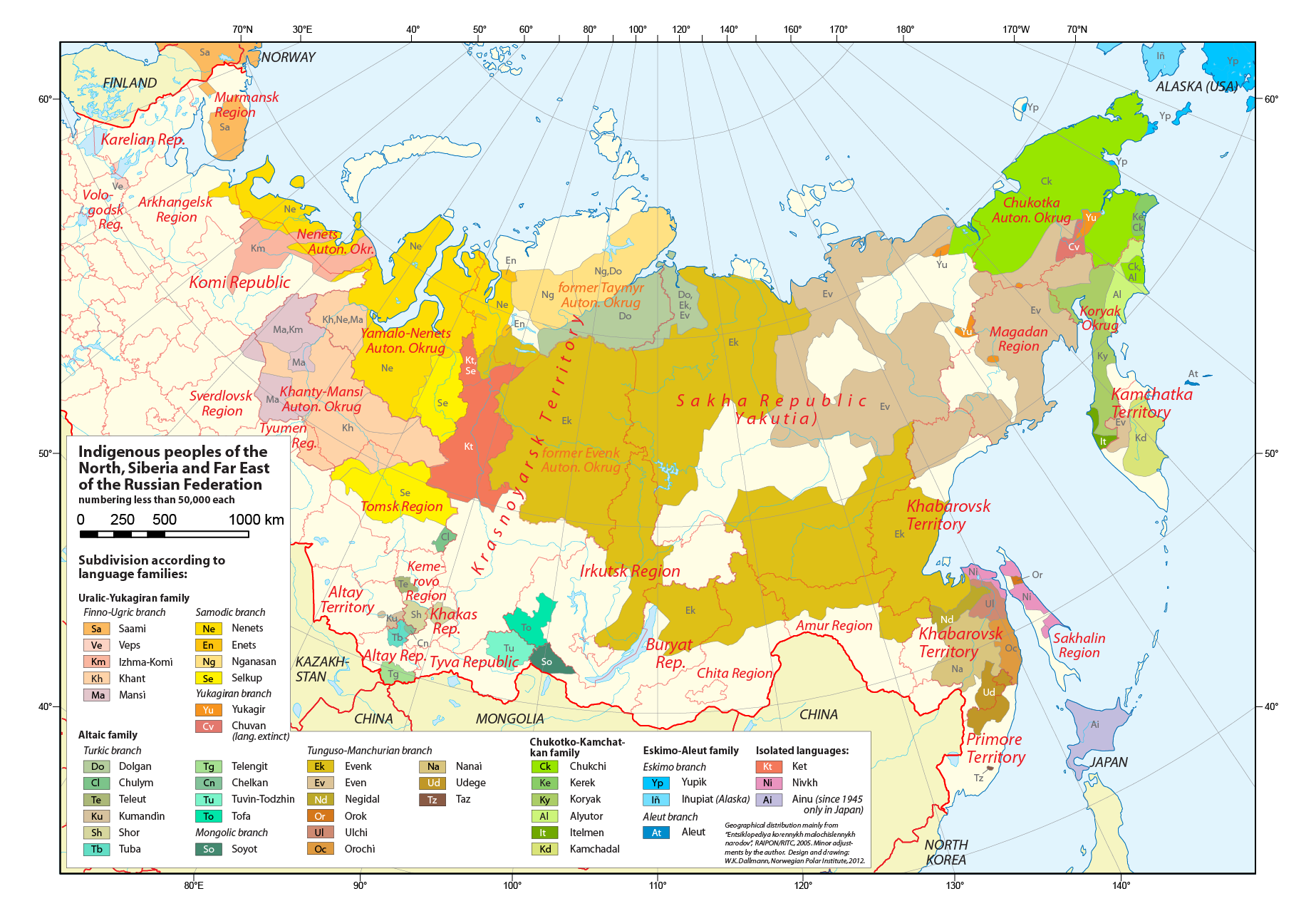Deleted member 101966
Unfortunately I am probably scattered atoms TTL (if Grand Prairie made the list, then North Bay with an Air base definitely did), but I am quite curious about the province of New Canada. It would take the end of the world for Ontario and Quebec to unite into one province.
That southestern bulge on Manitoba is bugging me, and I would swear is was’nt there yesterday
Have you figured out total population figures for Canada?
Aussi St Pierre et Miquelon vas peut-être joindre Terre-neuve TTL?
Assuming France collapsed following the war.
- New Canada would be just as well called "Clay Belt", as that's its core area. Because the OTL Clay Belt is Ontario's most francophone region, I have English/French bilingualism coming fairly effortlessly to the province.
- That's the Treaty 3 line and how dare you suggest that Tomorrow Country is ever possibly subject to silent retcons
- The estimates change whenever I re-do them, but right now Canada is sitting at 27.5M with 10.6M concentrated in Peace River: the major unknown factor right now is how many American refugees will have settled in the country.
- S.P.M. has reorganized itself as a very small Canadian client republic, enjoying complete economic union without technically losing its independence. This comes in handy for UN General Assembly votes.
Once again @ksituan, you have delivered!
I’m really interested in what happens in Russia. I predict that East of the Urals and South of the Finnish border, it is mostly radioactive wasteland, and Siberia and the Far East would become fractured into indigenous states.
Yeah, Siberia is a topic that will take a lot of research - Canada has the benefit of its regional cities surviving, but as a primary nuclear power, Russia will have been targeted much more thoroughly. So the rural populations will probably have to carry the day, and none of the dots on the map will be places that I've ever heard of. The transition from cronyistic "federation" to actual decentralization will certainly be an interesting one...
Nice! What happened to New Zealand?
NZ completely dodged the shootout, making it the only developed country to survive into 2070 entirely intact. Among less fortunate former rich-world countries, this is a source of some resentment, but money buys a lot of friends and Auckland is by far the wealthiest large urban area in the world. Thanks to fairly beefy immigration quotas and robust natural increase, the Kiwi population has approximately tripled since the war.
The state of Tomorrow Country's Anglosphere is starting to interest me in a global context - the list of world cities 50 years after the war is shaping up to be a really beguiling mixture. Among the Five Eyes countries, I think we're looking at a top five consisting of Auckland, Grande Prairie, Kati Thanda, Albury-Wodonga, and Yellowknife.
What's up with the Perth region? (That's where I live) Good update, shows some of the rest of the world, what are things like in Europe?
Perth has been devastated by missile attack, as has every rich-world urban area with a population greater than five digits. In Canada and Australia the implications of this are surprisingly similar - the country left behind is quite capable of subsisting, but the demographic shift caused by the war makes indigenous grievances a bit more pressing.
I've left WA completely unchanged because I can't find any really convincing rationale to dismember it - a lot of Canadian provinces are divided between multiple separate indigenous treaty areas which is frequently a matter of legal concern, but Australia doesn't seem to have any treaties at all. The complete shift in rainfall patterns will take a lot of research to do real justice to, but all of the Australian states here are seeing a very pronounced and constantly ongoing population shift away from the coasts.
Europe is almost completely covered by the UN Authority in Europe, which provides emergency services from Lagos to a permanently crippled continent. A malfunctioning Gulf Stream has seen the already-kneecapped Authority infrastructure badly lashed by a succession of tropical storms, so a few pseudo-states on its periphery are currently applying to be removed from UN administration, although it's an open question how well these will correspond to any pre-war polity.
Last edited by a moderator:






